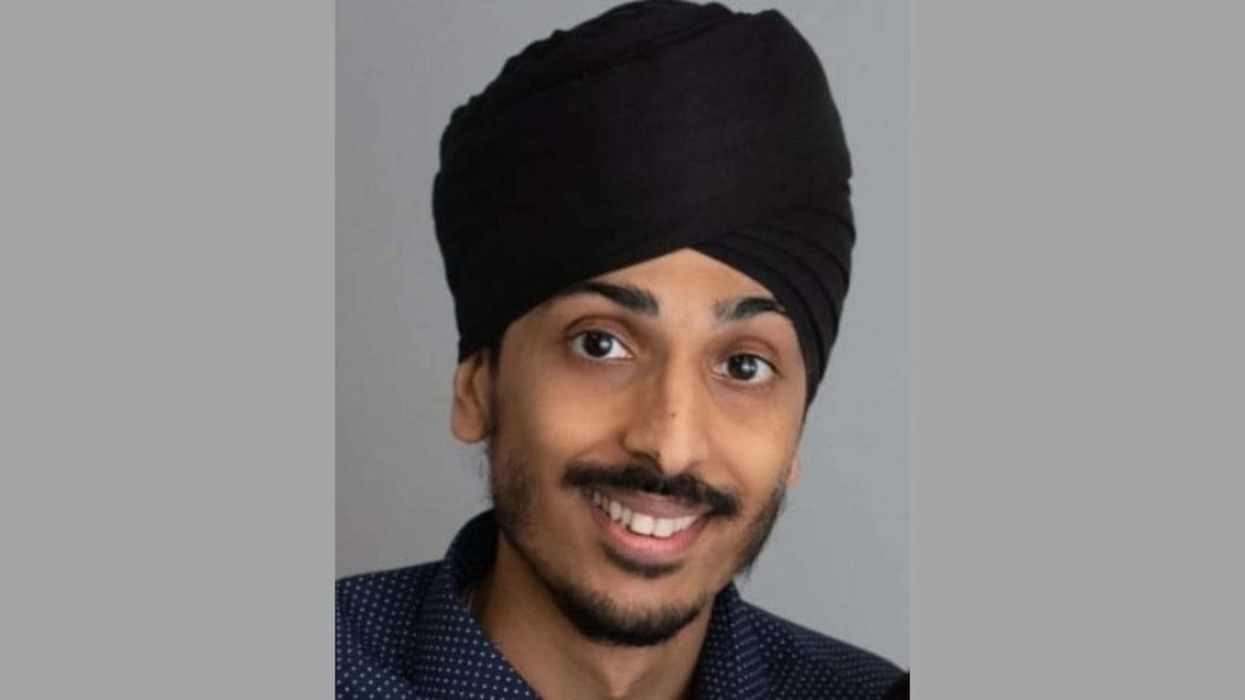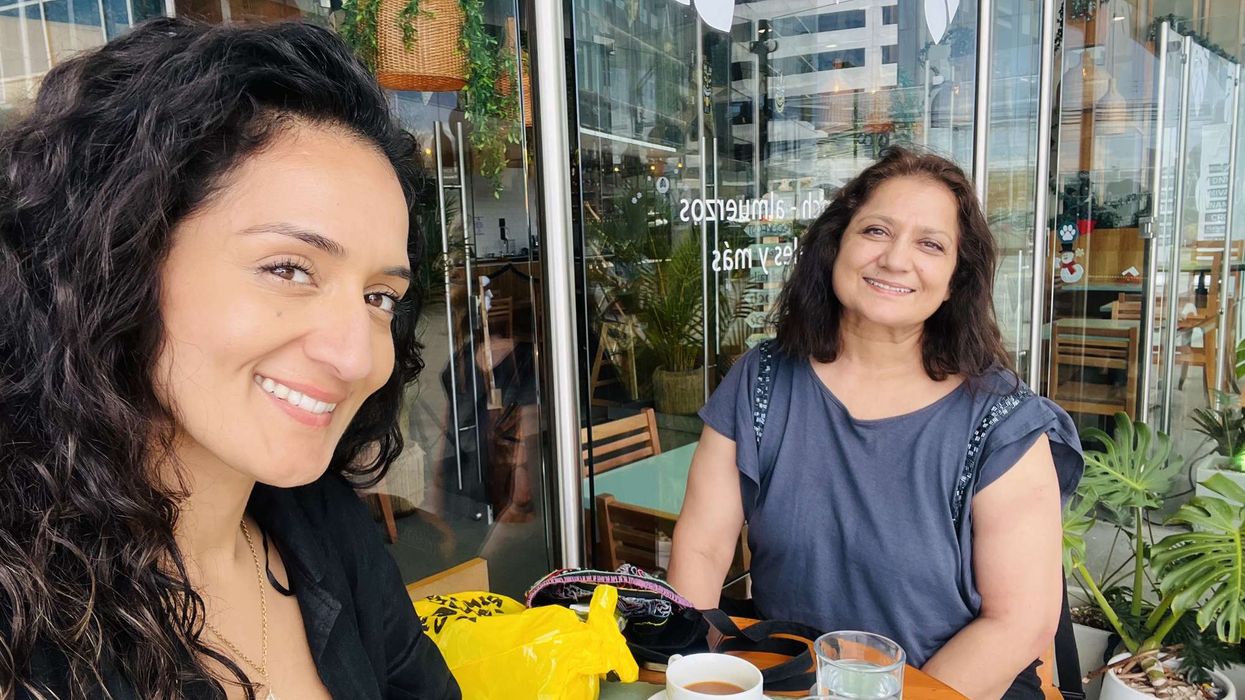by LAUREN CODLING
SOUTH ASIANS need to act early to prevent future health problems, academics have warned as new research found ethnic minorities are at a higher risk of developing a physical disability.
Data compiled from a study of 40,000 men and women showed that those from a south Asian background are more likely to develop a physical disability and struggle with day-to-day physical activities throughout adulthood, compared with their white British counterparts.
The findings, which were published in the Journal of Gerontology: Medical Sciences last month, also revealed that south Asian women (over the age of 60) were four times more likely to report having a physical disability compared with white British women of the same age.
However, the heightened risk could not be attributed to existing health conditions such as diabetes or their socio-economic status.
Lead author Dr Emily Williams told Eastern Eye a lack of action could have a “huge” impact on the later life of an individual at higher risk of physical disability. For example, physical difficulties could affect someone’s ability to work and earn money. This, in turn, could influence career progression in the prime earning stages of their life.
“Also, if you are not able to engage with healthy behaviours like exercise from an early age because of reduced physical functioning, you are at greater risk of developing chronic diseases such as heart disease and diabetes,” Dr Williams, a reader in chronic disease and health inequalities at the University of Surrey, added. “It looks absolutely crucial that although
we are seeing a worse pattern in the older groups, the fact we are (also) seeing it early
on in adulthood means we really need to target and understand the risk at an early age, so that we can intervene.”
Fellow academic Dr Mahendra Patel agreed that preventative action was needed in early life to ensure health risks such as physical disability were not increased in later life. Dr Patel, a senior member of the South Asian Health Foundation, recommended Asians undertake frequent activity and eat a balanced diet. “They also need regular medical care as part of that prevention approach, as well as smoking and alcohol reduction,” he told Eastern Eye. “Having health checks is key for everybody, but especially for south Asians because of the higher risks they face.”
Dr Patel, an honorary visiting professor at the University of Bradford, also noted that excessive weight gain could potentially enhance physical disabilities. Although Dr Williams admitted more research was needed to pinpoint the preventative action needed, she made a number of recommendations.
This included additional education for young Asian patients and the encouragement of preventative physical activity.
Despite the research not being able to attribute the high risks of physical disability to lifestyle factors, Dr Williams said exercise generally was not part of life in south Asian groups, particularly among women. Therefore, a lack of exercise could explain the findings.
“It could well be that developing healthy exercise patterns from an early age would have an important impact on younger south Asians and those are patterns we don’t always see in those groups,” she noted. Dr Patel added his opinion that the higher risk of cardiovascular disease and diabetes in south Asian groups may be a factor.
However, he acknowledged that research needed to be taken further.
“(Researchers) may even consider if religion has any place in this and if people lead healthier
or unhealthier lifestyles due to their faith,” he suggested. “But the findings certainly need to be explored,” Dr Patel added.











